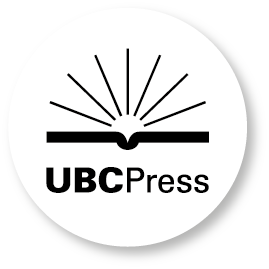At its core, geopoetics proposes that a connection between language and geology has become a significant development in post–World War II poetics. In Geopoetry, Dale Enggass argues that certain literary works enact geologic processes, such as erosion and deposition, and thereby suggest that language itself is a geologic––and not a solely human-based––process. Elements of language extend past human control and open onto an inhuman dimension, which raises the question of how literary works approach the representation of nonhuman realms. Enggass examines the work of Clark Coolidge, Robert Smithson, Ed Dorn, Maggie O’Sullivan, Jeremy Prynne, Jen Bervin, Christian Bök, and Steve McCaffery, and he finds that while many of these authors are not traditionally connected to ecocritical writing, their innovations are central to ecocritical concerns. In treating language as a geological material, these authors interrogate the boundary between human and nonhuman realms and offer a model for a complex literary engagement with the Anthropocene.
Dale Enggass unearths as-yet unstoried relations and kinships among postwar and contemporary artists and writers through the language of geology. His Geopoetry: Geology, Materiality, Ecopoetics is essential reading for anyone interested in the new materialism and the post-humanities.’—Miriam Nichols, author of Radical Affections: Essays on the Poetics of Outside
Dale Enggass is an associate instructor in the Honors College at the University of Utah and a founding member of the Halophyte Artist Collective. His articles and book reviews have appeared in numerous publications, including ISLE, Jacket2, and Quarterly West.
Acknowledgments
Introduction. The Language of Geology and the Geology of Language
Chapter One. Printed Matter: Robert Smithson’s Depositions
Chapter Two. “The World Soul / Slumbers in Matter”: Gunslinger and The Magic Door
Chapter Three. Bedrock and Drift: Earth, Language, and Bodies in J. H. Prynne and Maggie O’Sullivan
Chapter Four. “Clastic Mates”: Sedimentary Language in Clark Coolidge and Steve McCaffery
Chapter Five. Cropping The Desert: Erasure, Erosion, and Reclamation in Jen Bervin and John C. Van DykeChapter Six. Crystal Gazing
Notes
Works Cited
Index






